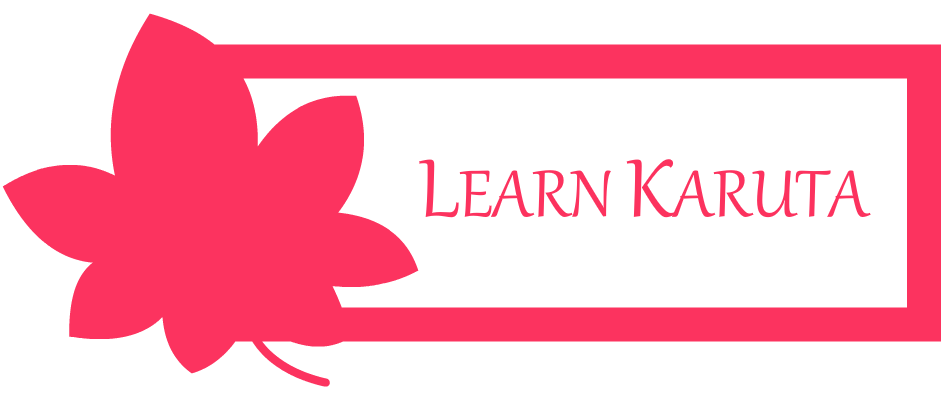Basic Card Layout/Placement Tips
Tips courtesy of Pennwisdom from reddit (source):
-
This one may be obvious, but you should have a 定位置, or a standard placement method, and all the below points refer to this.
-
Single syllable cards are generally placed closest to you for most people, or on the bottom row.
-
Long Cards are usually placed either on an outer or inner edge, in other words, they should be where they’re easiest for you to cover
-
Generally speaking you want a balanced placement, with a slight preference towards your dominant side, and more cards on the bottom row than the middle, than the top (although I place a fair bit of cards on the top row)
-
I also would suggest separating cards that aren’t Tomo-fuda but are easy to confuse.
-
You can either put similar cards next to each other, or separate. If you keep them together, you can take them faster, but then again, so can your opponent. In other words the overarching theory of your placement is that you should make it as easy as you can for you to take your cards, and as hard as you you can make it for your opponent.
Two Japanese posts: Fundamentals of Placement and Going through creating a 定位置
Other comments from various karuta players in the Online Karuta Practice Group:
“I generally put cards that I like in one region, cards that are longer go on the insides so they can be protected, and sometimes I put cards together that mentally I connect, like koi and ai. I think everyone’s setup is wildly different, so there’s a lot of room for setting it up however you want.”
—
“There is no “general” placement, depending on the way you want to play, you can prefer to put short, middle, or long cards in the bottom, [and] it will also depend on if you are playing offensively or defensively. The main rule… [is] easiest for you, hardest for your opponent.”
—
“My karuta group in Japan had a general layout that they recommended for beginner players (I’ll add the layout below). I found it helpful to memorize the layout and copy it at first, then modify as I found my own preferred placement for certain cards.
One thing I found helpful as a beginner was to always keep my single syllable cards (mu, su, me, fu, sa, ho, se) in the lowest row near my dominant hand, so I could react quickly. All the two card pairs (ura,uka, tsuki,tsuku, shira,shino, momo,moro, yuu,yura) I tend to keep in the bottom left row so I can also react quickly to them, because they often become single syllable cards.
As a beginner, it can be helpful to keep similar syllable cards together, but it’s a double edged sword, because your opponent will also find it easier to take those cards quickly. In the pictures I attached, you can see that some cards that start with the same sound are placed in different rows so you can naturally keep some of the cards separated. This layout is also designed to help keep your cards balanced.”


(The referenced layout images, taken from here).
—
Other tips:
- it can be helpful to layout all 100 cards at once when figuring out your layout
- favorite cards can be placed in one section where it’s easy to take them, or be used as bait (if your opponent knows they are favorites), or be used as “anchors” for memorization, i.e. a card whose placement you always know that helps you remember the cards around it more easily
- the eventual goal should be to simply know whether a certain card is present on your field or not without having to spend much effort memorizing where it is—i.e. once you hear it read, you know exactly where to go to on your side
- you should still be a little flexible in your card layout in case you get a set of cards that with your standard placement strategy would result in a notably imbalanced layout
- because there is no 100% “correct” methodology to card placement (although there are common practices, of course), it’s important to be able to memorize different kinds of layouts as well—and maybe even figure out some elements of their placement strategy, such as where they put short or long-cards
